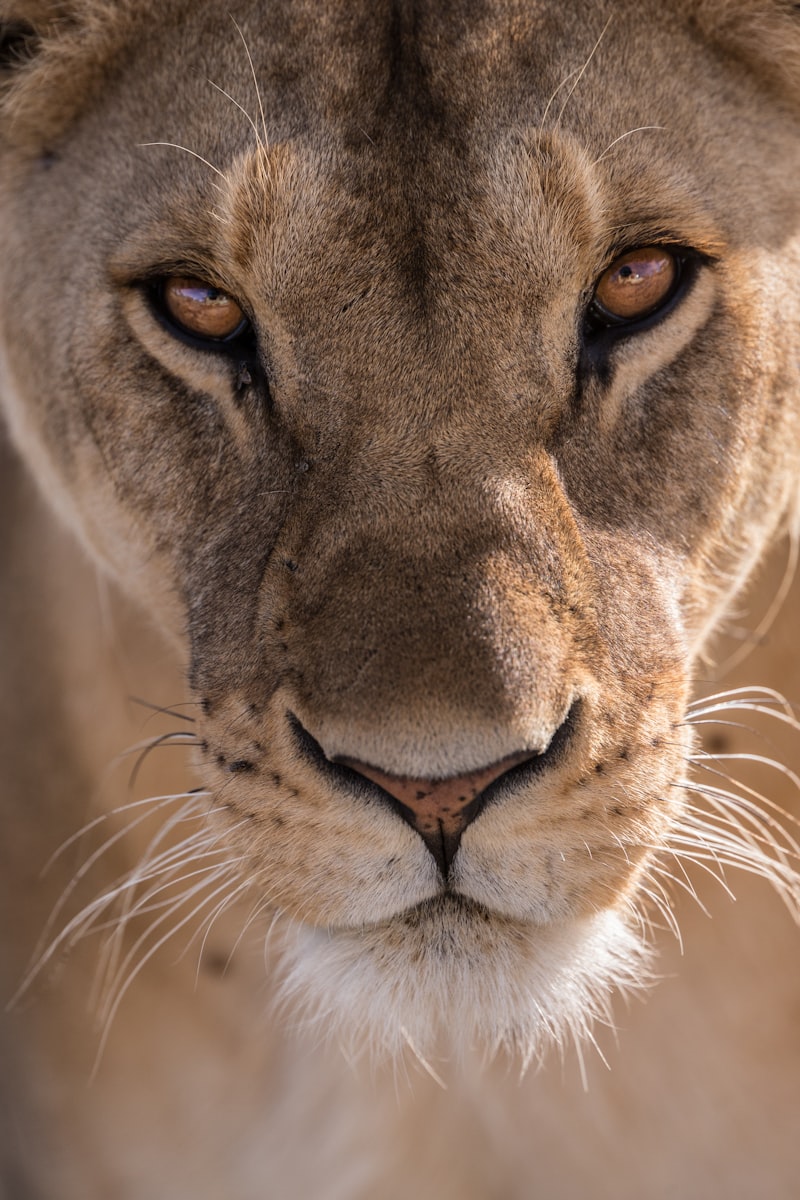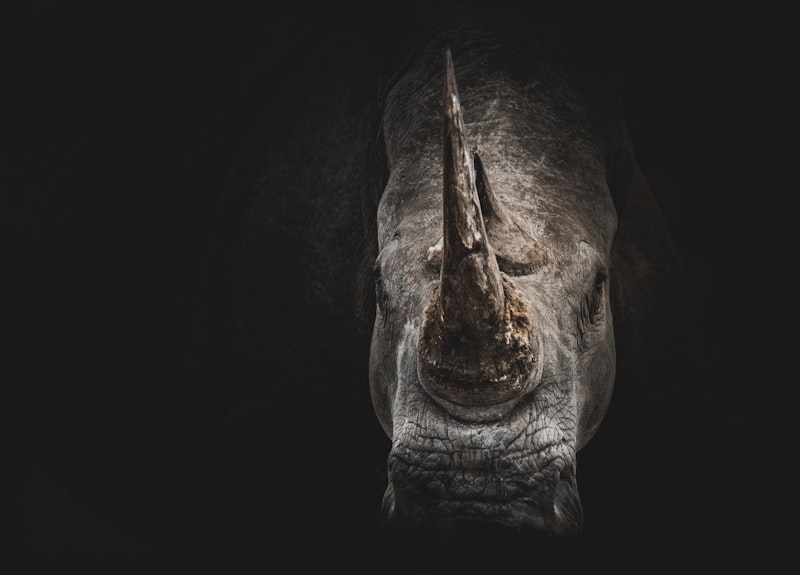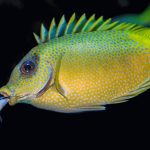Firstly, choose native plants. Native plants are adapted to your local climate and soil conditions, making them attractive to native birds, insects, and other wildlife. They provide food and shelter essential for their survival. Consider planting a variety of flowers, shrubs, and trees to create different layers of habitat.
Secondly, provide a water source. A small pond, bird bath, or even a shallow dish with water can attract birds, butterflies, and other creatures. Ensure to keep the water clean and refreshed regularly to maintain its appeal to wildlife.
Thirdly, create shelter and nesting spaces. Use natural materials like fallen logs, rocks, or piles of leaves to create hiding spots for insects and small mammals. Birdhouses and bat boxes can provide safe nesting sites for birds and bats, contributing to biodiversity in your backyard.
Fourthly, minimize pesticide use. Chemical pesticides can harm beneficial insects and wildlife. Instead, practice integrated pest management techniques such as planting pest-resistant plants and using natural predators like ladybugs to control pests.
Fifthly, embrace a messy garden. Leave some areas of your garden untidy with leaf litter, fallen branches, and untrimmed shrubs. These provide habitat and food sources for many species, including insects, birds, and amphibians.
Lastly, be patient and observe. Creating a wildlife-friendly backyard takes time as creatures gradually discover and utilize the resources you’ve provided. Enjoy the process of observing the different species that visit your garden and appreciate the natural beauty they bring.
By following these tips, you can create a vibrant ecosystem right in your backyard while contributing to conservation efforts and enjoying the beauty of nature up close.
Transform Your Yard: 10 Tips for a Wildlife Sanctuary at Home
-
Native Plants Are Key: Start by choosing native plants for your region. They provide food and shelter that local wildlife species have evolved to depend on. Native plants also require less water and maintenance, making them a sustainable choice.
-
Create Layers of Vegetation: Wildlife thrives in diverse habitats. Plant trees, shrubs, and groundcovers to create layers of vegetation. This provides different niches for birds, insects, and small mammals to live and forage.
-
Include Water Sources: A small pond, birdbath, or even a shallow dish filled with water can attract a variety of wildlife. Birds come to drink and bathe, while amphibians and insects use it for breeding.
-
Provide Shelter: Wildlife needs safe places to hide from predators and harsh weather. Plant dense shrubs, install birdhouses, or leave brush piles for small animals to find refuge.
-
Avoid Chemicals: Pesticides and herbicides can harm wildlife directly or by eliminating their food sources. Opt for natural pest control methods and organic gardening practices instead.
-
Offer Food: Supplement natural food sources by setting up bird feeders or planting fruit-bearing trees and bushes. Different species have different dietary needs, so offer a variety of foods.
-
Build Nesting Sites: Install birdhouses, bat boxes, and insect hotels to encourage nesting and roosting. Each species has specific requirements, so research which habitats and designs suit local wildlife best.

Create Wildlife Corridors: Connect your yard with neighboring green spaces by planting hedgerows or leaving wildlife-friendly gaps in fences. This allows animals to move freely, expanding their foraging and breeding areas.
-
Think Seasonally: Plan your yard to provide food and shelter year-round. Plant early blooming flowers for pollinators in spring, provide shade in summer, and leave seed heads for birds in winter.
-
Educate and Involve: Share your passion for wildlife gardening with others. Encourage neighbors to join in, participate in community wildlife initiatives, and learn about the species that visit your yard.
By implementing these tips, you can create a vibrant wildlife sanctuary right at home, where every plant and creature contributes to a balanced ecosystem. Enjoy the sights and sounds of nature as your yard becomes a haven for biodiversity.
Bringing Nature Home: Easy Steps to a Wildlife-Friendly Backyard
One of the simplest ways to start is by choosing native plants. These are plants that naturally occur in your region and are well-adapted to local conditions. Native plants provide food and shelter for local wildlife, making them essential for a thriving backyard ecosystem. Imagine your garden as a buffet for butterflies with milkweed and asters or a sanctuary for songbirds with oak trees and berry-producing shrubs.
Water sources are another vital element. Installing a small pond, bird bath, or even a simple shallow dish filled with water can attract a variety of creatures, from birds to frogs. Moving water, like a fountain or small waterfall, adds an extra dimension, attracting birds while providing a soothing ambiance for you to enjoy.
Creating shelter is crucial for wildlife seeking refuge. Leave a corner of your yard untamed with tall grasses, fallen logs, or a brush pile. These areas offer hiding spots and nesting sites for creatures ranging from hedgehogs to toads.
Avoiding pesticides and herbicides is essential to maintaining a healthy environment for wildlife. These chemicals can harm not only the pests but also beneficial insects and animals. Instead, embrace natural pest control methods like companion planting and encouraging natural predators.
Create a Haven for Wildlife: Essential Tips for Your Backyard
One of the first steps in creating a wildlife-friendly backyard is to choose native plants. These plants are adapted to your local climate and soil conditions, making them more attractive to native birds, insects, and other wildlife. Imagine your backyard as a buffet for local fauna, offering a variety of plants such as milkweed for monarch butterflies or native grasses for nesting birds.
Another essential tip is to provide food, water, and shelter. Installing bird feeders and baths can attract a plethora of bird species, from colorful finches to majestic robins. Water sources like small ponds or birdbaths not only quench their thirst but also provide a refreshing spot for bathing. When it comes to shelter, consider planting dense shrubs, building brush piles, or leaving a patch of your yard wild to offer refuge to small mammals, reptiles, and insects.
Avoiding chemical pesticides and herbicides is crucial for maintaining a healthy ecosystem in your backyard. These chemicals can harm beneficial insects like bees and butterflies, as well as birds and other wildlife that may ingest contaminated prey. Instead, opt for natural pest control methods such as companion planting and attracting beneficial insects like ladybugs and praying mantises.

Lastly, embrace a bit of untidiness. A perfectly manicured lawn may look appealing to us, but it doesn’t offer much to wildlife. Allow fallen leaves to accumulate in a corner, leave some dead wood for beetles and fungi, and let a portion of your garden go wild. This unkempt area will serve as a treasure trove for creatures seeking shelter, food, and nesting materials.
Creating a haven for wildlife in your backyard is a rewarding endeavor that connects you with nature on a deeper level. By implementing these tips, you can enjoy the sight and sounds of a bustling ecosystem right outside your door, all while knowing that you’re making a positive impact on local biodiversity.
Wildlife Gardening Made Easy: 10 Steps to a Backyard Refuge
-
Choose Native Plants: Opt for plants native to your region as they attract local wildlife such as butterflies, bees, and birds adapted to these species.
-
Create Layers: Establish layers of vegetation from ground covers to tall trees, providing diverse habitats for different wildlife species.
-
Provide Water Sources: Install a small pond, birdbath, or even a shallow dish of water to quench the thirst of visiting birds and insects.
-
Include Shelter: Integrate natural shelters like rock piles, log piles, or dense shrubs where wildlife can hide, nest, or seek refuge from predators.
-
Avoid Chemicals: Use organic gardening methods to keep your garden chemical-free, ensuring a safe environment for all creatures.
-
Offer Food: Plant a variety of plants that produce berries, seeds, and nuts throughout the year to sustain wildlife during different seasons.
-
Install Bird Feeders and Houses: Hang bird feeders filled with seeds and nuts, and set up birdhouses for nesting, enhancing your garden’s appeal to feathered friends.
-
Create Wildlife Corridors: Connect your garden with nearby green spaces by planting hedgerows or allowing some parts of your lawn to grow wild, facilitating the movement of wildlife.
-
Educate Yourself: Learn about the native species in your area and their habitat needs to better cater to their requirements.
-
Maintain Regularly: Regular pruning, weeding, and upkeep ensure your garden remains a healthy environment for wildlife year-round.
Attract Birds and Butterflies: Simple Tips for a Wildlife-Friendly Yard
One of the easiest ways to attract birds and butterflies is by planting native plants. These plants have evolved alongside local wildlife and provide essential food and shelter. Choose a variety of flowers that bloom at different times of the year to ensure a continuous food source for pollinators. Milkweed, for example, is crucial for monarch butterflies, while native wildflowers like coneflowers and bee balm attract a wide range of pollinators.
Incorporating water features into your yard can also work wonders. A small birdbath or shallow pond not only provides drinking water for birds but also attracts butterflies seeking a place to cool off. Make sure to keep the water clean and fresh, as stagnant water can become a breeding ground for mosquitoes.
Creating layers in your garden helps mimic natural habitats. Tall trees and shrubs offer nesting sites and protection from predators, while shorter plants provide nectar and seeds. Consider adding a mix of evergreens and deciduous trees to provide year-round shelter.
Reducing the use of pesticides is another essential step in creating a wildlife-friendly yard. Chemicals can harm beneficial insects like bees and butterflies, disrupting the delicate balance of your ecosystem. Instead, opt for natural pest control methods or choose plants that are naturally resistant to pests.
Lastly, embrace a bit of messiness in your garden. Fallen leaves, logs, and brush piles provide hiding spots for insects and small mammals, which in turn attract birds looking for a snack. By creating a diverse and welcoming environment, you can enjoy the beauty of nature right outside your door.
Frequently Asked Questions
How can I attract wildlife to my backyard?
Learn effective methods to attract wildlife to your backyard with our concise guide. Discover practical tips on creating habitats, providing food and water sources, and incorporating native plants to encourage birds, insects, and small animals.
How can I provide water for wildlife in my backyard?
Learn how to create a wildlife-friendly backyard by providing water sources such as bird baths, shallow dishes, or small ponds. Discover simple methods to attract and support local wildlife with essential hydration options.
What should I avoid planting to protect local wildlife?
Discover what plants to avoid cultivating to safeguard local wildlife. Learn about non-native invasive species that threaten native ecosystems and how to select native plants beneficial to local fauna.
How do I create a safe habitat for wildlife?
Learn how to create a safe habitat for wildlife with our concise guide. Discover essential tips for providing food, water, and shelter, as well as reducing hazards. Ensure your efforts benefit local wildlife populations effectively.
What plants are best for attracting butterflies and birds?
Discover the ideal plants that attract butterflies and birds to your garden with our concise guide. Learn which flowering plants and shrubs provide nectar for butterflies and berries for birds, enhancing your garden’s biodiversity and natural beauty.



